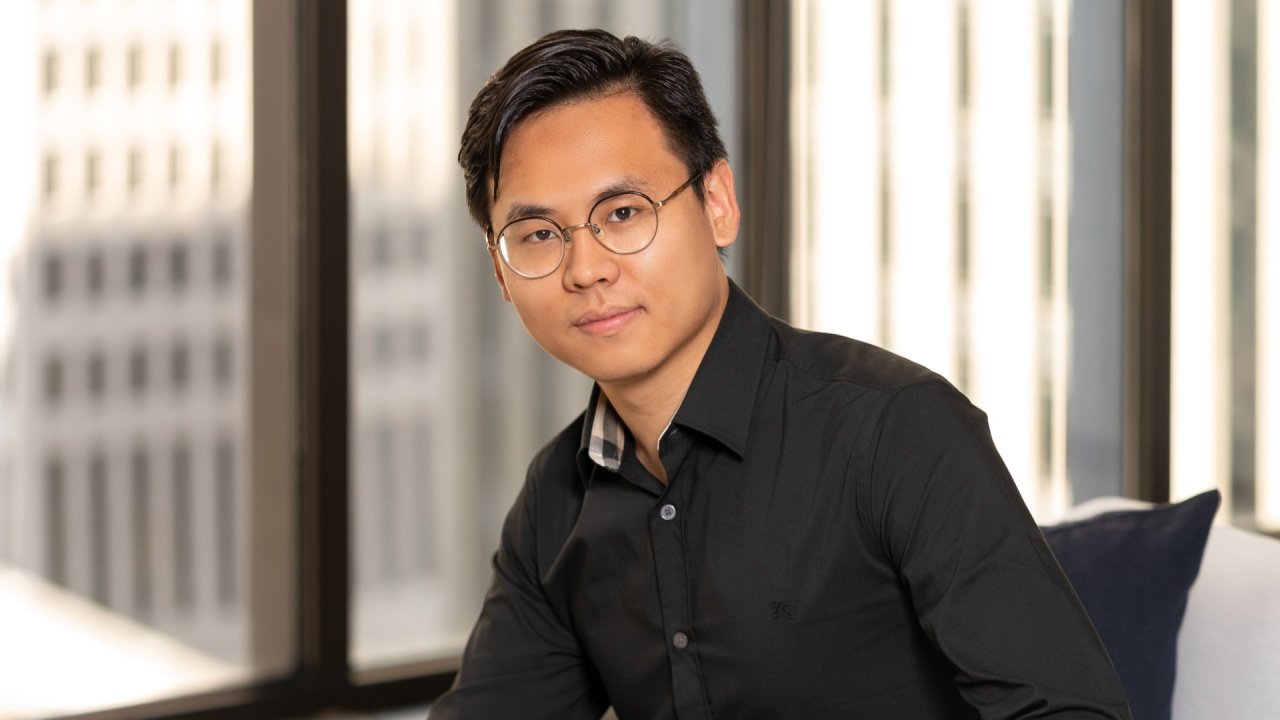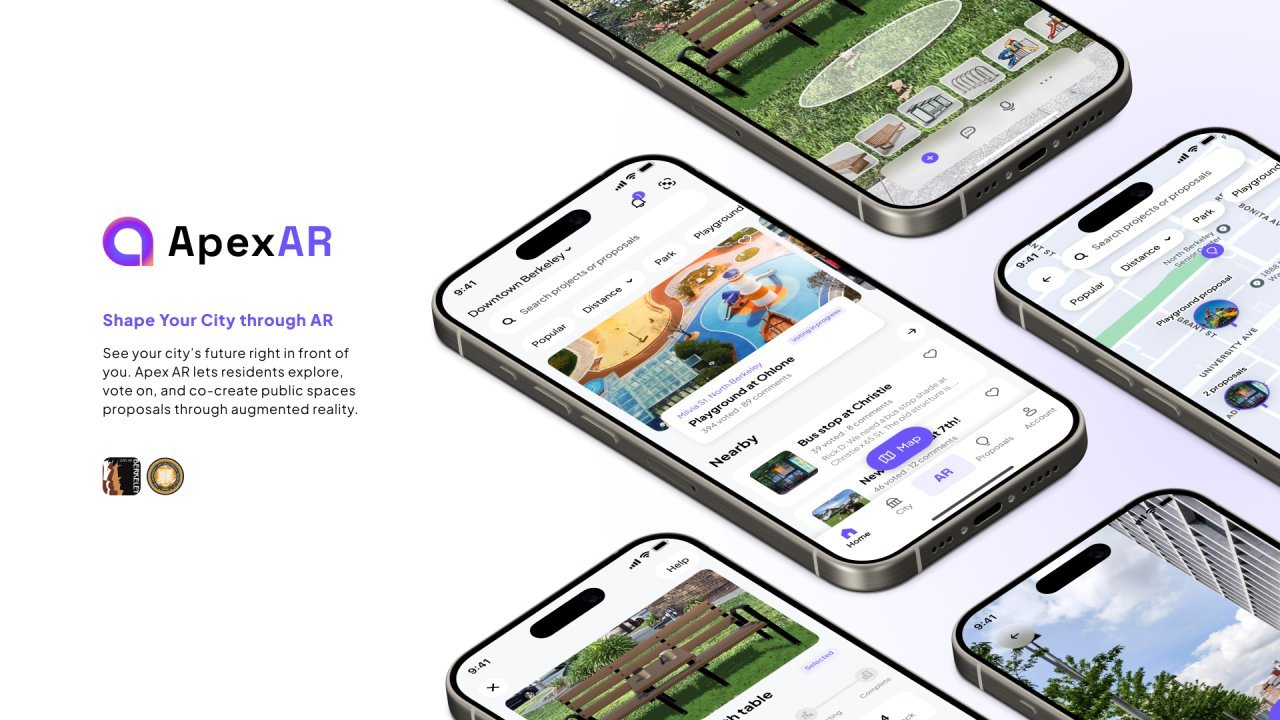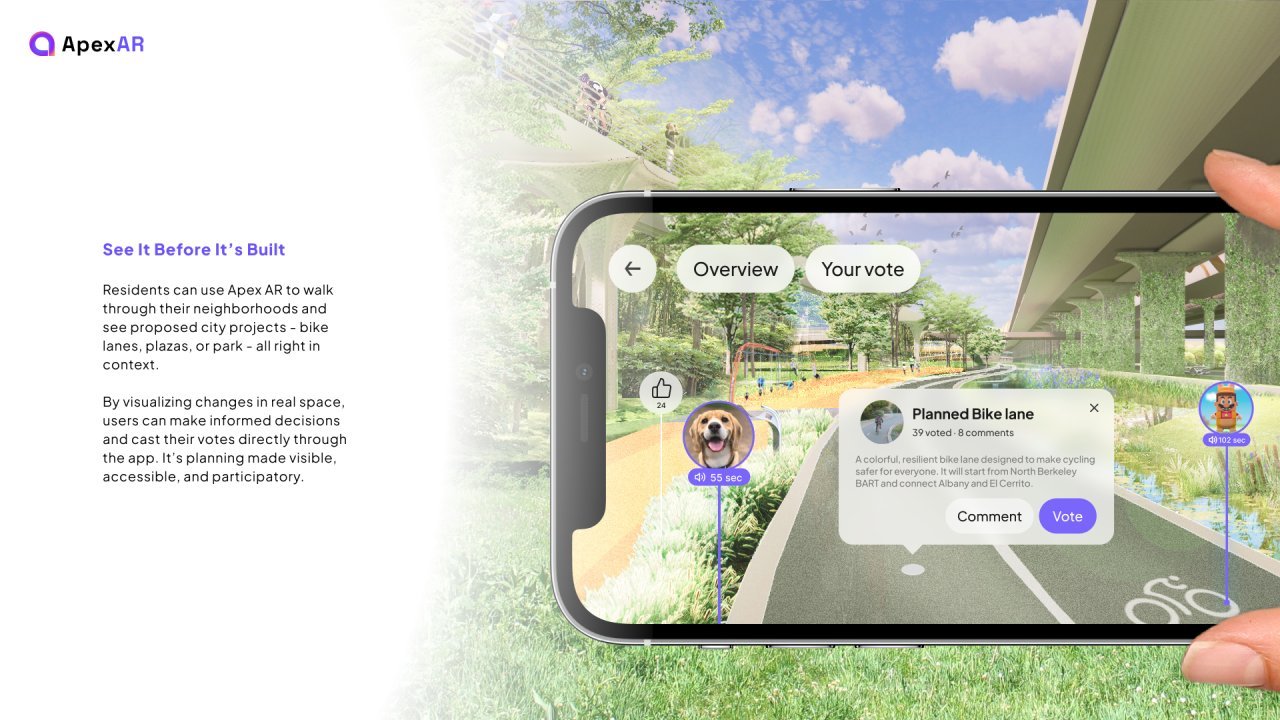
Chasing Success: A Conversation with Daniel Gilpin Behind His Award-Winning Career
July 28, 2025
Yanshui Beehive Fireworks Festival by Yu Wen Chen
July 28, 2025Can Ge
Can Ge is a designer with a background in architecture who leads product design at Uber Eats while also exploring civic engagement and emerging technology through independent work. His projects, including Apex AR, reflect a commitment to making complex systems more visible, participatory, and responsive to the public.
I’m a designer with a background in architecture and a focus on systems and public experience. At Uber Eats, I lead product design across global markets, while also working independently on projects that explore civic engagement and emerging technology.
My interest in design began with how people relate to space. That led to Apex AR, an augmented reality tool that helps the public experience and respond to urban design proposals in context. It reflects my belief that design can shift power by making complex systems more visible and participatory.
The award affirms that design can serve public life, not just private platforms. Apex AR challenges how urban planning is communicated and who gets to participate. Being recognized for this work reinforces my commitment to civic-centered design and experimentation.
It’s also a milestone for my independent practice, helping build visibility for projects that operate outside traditional commercial frameworks.
The award expanded the reach of Apex AR. It has been exhibited internationally and led to conversations with urban researchers and design institutions. I’ve also been invited to serve on juries for global design competitions.
It has strengthened my voice in advocating for experimental and participatory approaches, both within industry and in broader civic contexts.
Experimentation drives much of my work. With Apex AR, I tested ways for citizens to give feedback on-site, using AR markers and spatial input. Field tests revealed how to simplify interactions and build trust with non-expert users.
A key moment was building real-time feedback loops that updated 3D visuals based on user input—turning static proposals into evolving, public dialogues.
Theater set design inspired Apex AR. Like a stage, a city can become a temporary environment for imagined futures. That helped me rethink urban planning as something performative and embodied, not just visual.
It pushed me to design tools that let people walk through change, rather than read about it.
That design is not decoration. It’s a way to bring clarity, empathy, and accountability into complex systems. In Apex AR, the process included prototyping, civic research, and interface design—all grounded in public context.
Design works best when it disappears, leaving behind understanding and connection.
I see design as negotiation, not compromise. When expectations feel limiting, I try to uncover the real need behind them and reframe the brief through insight and testing.
In Apex AR, the original goal was showcasing AR tech. Through research, I reframed the project around public participation—aligning innovation with deeper purpose.
The biggest challenge was designing for unfamiliar behaviors in public space. AR tools are often optimized for retail or gaming, not civic dialogue.
I addressed this by running field tests with diverse users and co-developing feedback methods with urban planners. The final system emerged from iterative, place-based experiments rather than assuming.
I leave the screen and return to physical space—walking the city, sketching, or just observing how people interact with environments. I also draw from outside disciplines like theater or urban sociology to shift my perspective.
Creativity often returns when I stop trying to solve and start trying to notice.
Growing up between cultures and cities shaped how I see public space—as something that can empower or exclude. I value transparency, inclusion, and design that responds to context, not trends.
These values guide projects like Apex AR, where the goal is to make civic systems more open, legible, and shared.
Learn to ask better questions. Success comes from developing your own lens on the world, not just mastering tools. Start projects even if they feel too early or unusual—that’s often where your voice emerges.
Above all, treat design as a responsibility. If you can shape experiences, you can also shape access and equity.
I would choose Cedric Price. His systems-driven, human-centered approach to architecture anticipated many of today’s design challenges. He believed that spaces should evolve with their users, not be dictated to them.
That ethos aligns with how I approach participatory tools like Apex AR—designing frameworks, not just forms.
I wish more people asked, “How do you define success in public-facing design?” Because for me, success is not about perfection. It’s about whether people feel heard and empowered.
In Apex AR, that meant building tools that were not just functional, but inviting—tools that helped people see their city as something they can help shape.
Winning Entry
APEX - Reimagining Civic Engagement Through AR | 2025 NY Product Design Awards
Apex AR is an augmented reality app designed to revolutionize civic engagement by making city planning more accessible, interactive, and democratic. Created for the City of Berkeley, this project aims to bridge the gap between urban development and community... (read more here)
Can Ge
Can Ge is a designer with a background in architecture who leads product design at Uber Eats while also exploring civic engagement and emerging technology through independent work. His projects, including Apex AR, reflect a commitment to making complex systems more visible, participatory, and responsive to the public.
Read more about designs where Every Piece Has a Past: The Symbolic Work of Qianying Zhu here.







